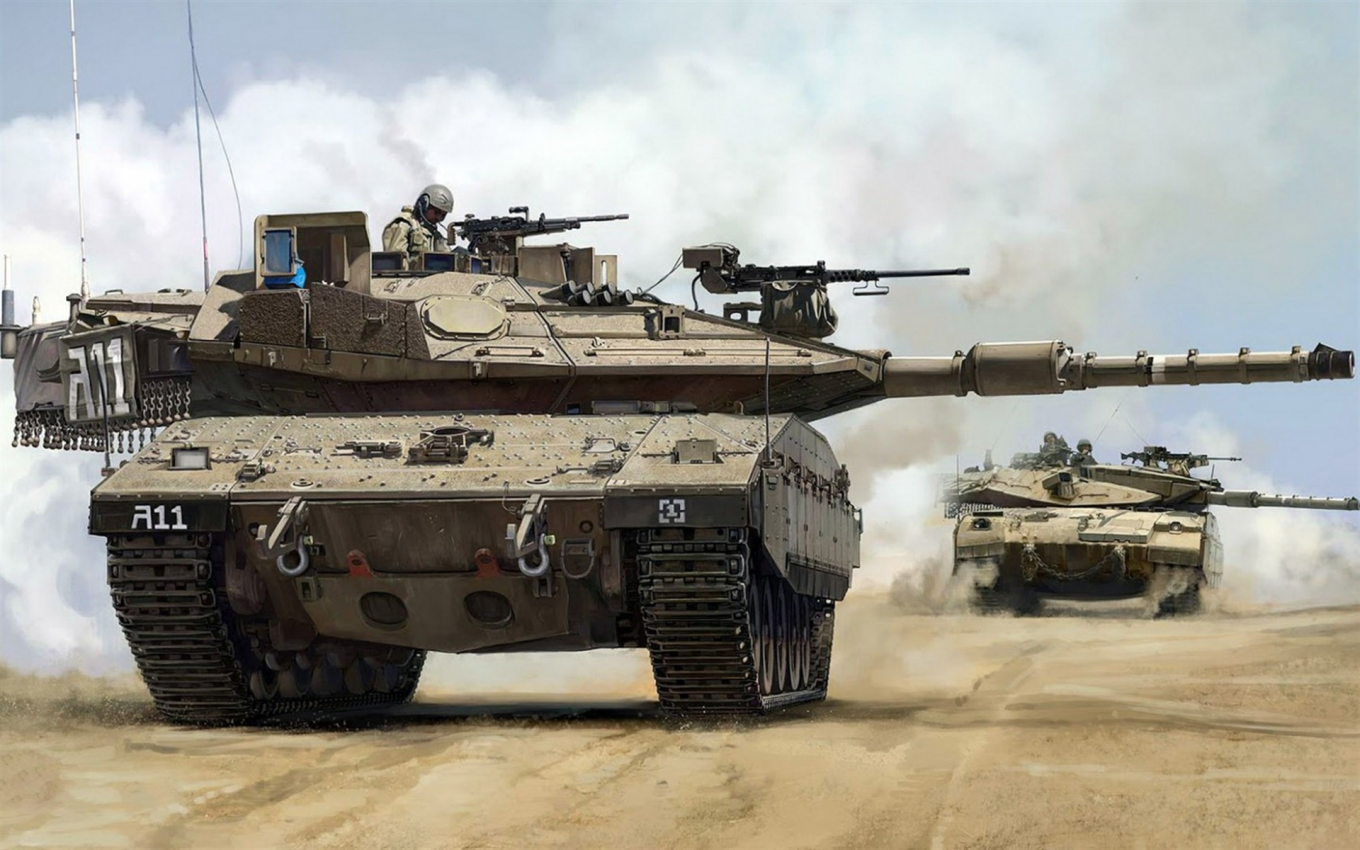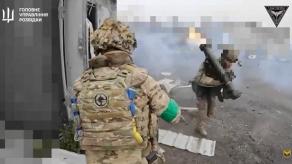The very first hours of the massive attack launched by Hamas on Israel already show enough insight to make first preliminary conclusions from the war theater that has been for years considered unique and always viewed from the point of IDF's complete superiority over any possible enemy, especially over some militia from the Gaza Strip.
However, the havoc caused by the Hamas militants and the massive missile shelling campaign they launched onto Israel already gives the insight to make first conclusions.
Read more: Hamas Attacks Israel: Massive Rocket Fire, Land and Air Attack, Captured Towns

Failure of Intelligence Services
First things first, the attack became unexpected for the security services of Israel, most notably, for the intelligence agencies. Despite Israel's efforts over dozens of years to spread the spy network to prevent aggression against the country, the system failed this time.
Hamas' attack was planned, massive, and coordinated. Mobile groups on cars and motorbikes broke through the fortified border of Gaza and went into the nearby Israeli settlements. Paragliders and boats were also seen employed. Simultaneously, tactical missiles shelled the cities in a series of high-density attacks which means a big concentration of launchers and missile stockpiles were put in place beforehand.
In other words, preparation for this attack required much time and effort. Nevertheless, the Israeli intelligence didn't notice any of that happening or, alternatively, it just didn't take preventive action.
Thus the lesson is that regardless of the powerful intelligence network, which objectively has been working very effectively for many years, it is still possible to be unaware of such a threat.

Oversaturated Iron Dome
Israel has tough air defense system, including the Iron Dome surface-to-air missile system specialized in intercepting rocket-propelled targets and has a proven effectiveness of about 80–90%. Nonetheless, Hamas managed to make its missile shelling relatively successful, cities and critical infrastructure facilities were hit, such as the Rutenberg Power Station which produces 20% of the country's electricity.
The reason is the sheer quantity of targets. In fact, any modern-era air defense system can be overwhelmed by launching a concentrated attack with a large number of air threats incoming within a short period of time. This tactic, called saturation attack, was used by Hamas: the organization claims to have fired 5,000 missiles on Israel, while Israeli Defense Forces' estimate was 2,200 missiles.
Even if 90% of missiles were intercepted, in the end about 220 would be able to get through the anti-missile shield. At the same time, when it comes to such a massive attack, not only the effectiveness rates matter but also the number of spare interceptors available. Having launched all of them, an Iron Dome becomes basically helpless until it's reloaded.

Merkava Destroyed by a Drone
One of the world's most well-protected main battle tanks Merkava Mk 4 was put out of order by Hamas militants with a drone holding a droppable explosive device. The munition hit the engine compartment which is located in the back of this tank, it led to ignition and fire, hence the tank became effectively lost.
Worth noting, standard Merkava Mk 4 kit includes the Trophy active protection system that should be intercepting any incoming munitions, missiles and rocket-propelled grenades but cannot see and thus react to a threat directly above it.
#BREAKING Hamas armed drone strike on Israeli Merkava 4 tank. pic.twitter.com/e8gph7tYVK— Clash Report (@clashreport) October 7, 2023
Therefore, the episode became one more proof why a modern tank needs protection from this kind of threats, too. Israeli military had the time to adapt for the new challenging weapon, especially seeing this happen so often in the videos from Ukraine.
Moreover, the use of cheap UAVs by a paramilitary organization as weapons in this manner was simply logical to expect. It's actually not something rare, deployed exclusively against armored vehicles: Hamas also used drones for dropping explosives on Israeli military personnel as well.
This once again confirms that unmanned aerial vehicles indeed revolutionized the battlefield for good. It was apparent during the large-scale war in Ukraine yet ignored by the army that was deemed as one of the most powerful of all.
Read more: How War In Israel Will Affect Ukraine As Clear Ties of Hamas with russia, Iran are Visible














